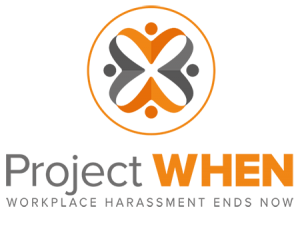WeWork, the New York City-based startup that rents out office space to entrepreneurs across the country, has just raised a $355 million round of funding, a deal that values the company at a whopping $5 billion
Source: www.wired.com
Co-working spaces are becoming more and more popular worldwide and it is not difficult to see why. With the global workforce becoming increasingly mobile and flexible there are fewer limits on where and when work can be conducted. Co-working spaces can serve as a home-base for employees that travel often, and can free workers in a home-office environment from distraction and isolation.
This particular article concludes with some questions about the future of co-working, pointing to the current favorable market conditions for entrepreneurs. It may be worth noting that in the event of a downturn in the economy, co-working spaces still stand a chance to thrive. In this scenario, an organization conducting a re-evaluation of their corporate real estate needs may recognize the cost effectiveness of allowing their employees to work remotely, specifically at a “third place,” like a co-working venue. By our estimate, companies can save upwards of one million dollars a year simply by eliminating the space needed to house 100 dedicated workstations for employees.
It is important for an organization to establish policies based on best practices for employees utilizing co-working spaces. For instance, a public setting may not be an ideal place to conduct business that involves sensitive information that could be seen or overheard by someone outside the company. Training your workforce on how to best navigate the waters of maintaining privacy and staying in line with information security standards are a big part of ensuring success in a more public work environment, such as a co-working location. If your organization would like to learn more about how to combat the risks involved with an increasingly mobile workforce, contact Stegmeier Consulting Group.
Stegmeier Consulting Group can assist with a wide range of challenges involved in implementing a workplace change initiative. Contact us to find out how our services can help your organization.
https://stegmeierconsulting.com/contact/
Changing the way organizations manage workplace change













